MAGANGUE
Department
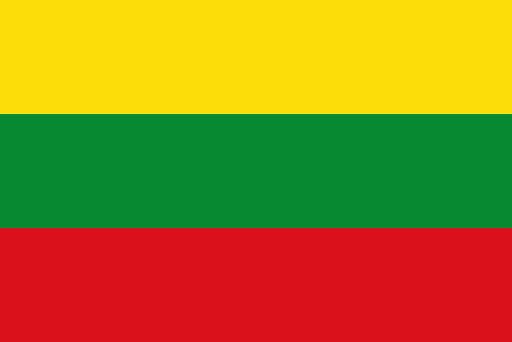
Flag of the Department of Bolivar
Flag of the city
The flag of Magangue is white and green with its seal placed at the center of the flag
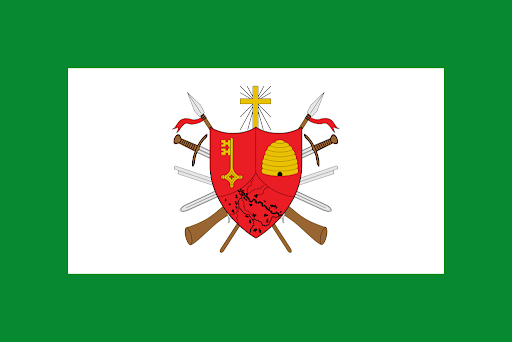
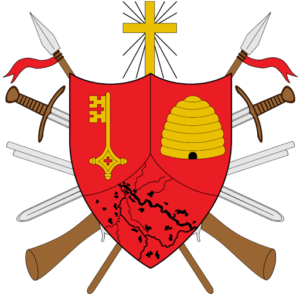
Slogan of the city
The official slogan of Magangué is “Wealth and Prosperity.” This succinct phrase encapsulates the city’s aspirations and emphasizes the pursuit of economic well-being and abundance for its residents and the community as a whole. Slogans often serve as powerful statements reflecting the values, goals, and identity of a city, and in this case, “Wealth and Prosperity” suggests a focus on economic growth and the overall prosperity of Magangué and its people.
History
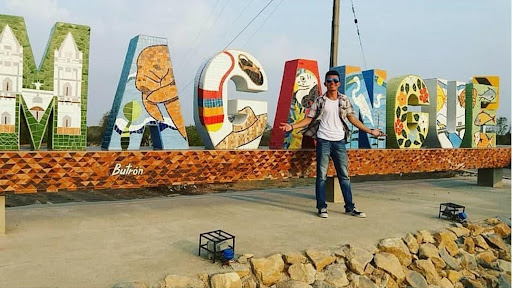
The history of Magangué is a subject that is still in the early stages of exploration, with limited studies and research available. Current understanding is derived from interpretations of records left by early Spanish writers and settlers. According to these sources, the original inhabitants were indigenous people belonging to the Chimilas Carib language family. This group resided in the expansive river and lake regions of Bolívar, Sucre, Magdalena, and Cesar departments. The primary regional authority was the Chimilas Mompox, and its chiefdoms included Maguey, Yati, Simacoa Tacaloa, and Guazo. The indigenous population, known as the Maguey, had distinctive physical characteristics, with an average height of 1.65 meters, a more or less heavyset build, black hair, short legs, dark skin, and a short prominent nose. Despite speaking a language related to the Carib people, known for their warlike nature and resistance against the Spanish, the Maguey were described as peaceful and docile. The Maguey people were primarily engaged in agriculture, cultivating crops such as cassava and corn. They were also skilled in fishing and hunting, with both men and women participating in these activities. The region’s early history is shaped by the interactions between the indigenous Maguey population and the Spanish settlers who arrived in the area. The limited available records provide glimpses into the lifestyle, practices, and characteristics of the Maguey people during this period of contact and cultural exchange.
Geography of the city
Magangué is situated in a geographically significant location with coordinates of 9°15’N latitude and 74°46’W longitude. The total area of the city covers 1,568 square kilometers, comprising 1,043 square kilometers of land and 525 square kilometers of water, accounting for approximately 33.48% of the total area. The city’s elevation is relatively low, standing at 49 meters (161 feet) above sea level. As of the 2019 estimate, Magangué had a population of 123,982 residents. The population density, calculated by dividing the total population by the land area, is approximately 79 individuals per square kilometer, or 200 per square mile. The inclusion of water bodies within the city’s territory, representing about a third of the total area, suggests a landscape characterized by rivers, lakes, or other aquatic features that contribute to the city’s geographical makeup. Magangué’s geography, marked by a blend of land and water elements, is likely to play a crucial role in shaping the city’s economy, transportation, and overall urban development. The presence of water bodies may also influence the city’s cultural and recreational activities, providing opportunities for water-related industries and tourism.
Population
Total 123,982 (2019)
One photo representative of the city
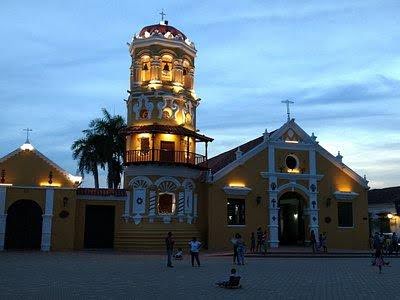
Etymology
The origin and meaning of the name may be rooted in local indigenous languages, historical circumstances, or cultural influences. Magangué is commonly known by the nicknames “City of the Rivers” and “Cosmopolitan City.” These nicknames reflect certain prominent features and characteristics of the city. City of the Rivers highlights the geographical significance of Magangué, situated along the banks of rivers or having a notable presence of rivers within its territory. Given the information about its coordinates and water area, it’s evident that rivers play a significant role in shaping the city’s landscape and possibly contribute to its economic activities, transportation, and overall identity. The designation as a “Cosmopolitan City” suggests a diverse and cosmopolitan atmosphere, indicating a mix of cultures, influences, and potentially a vibrant urban lifestyle. This could be reflective of the city’s openness to different cultures, trade, and possibly a diverse population.
What the city is known or famous for
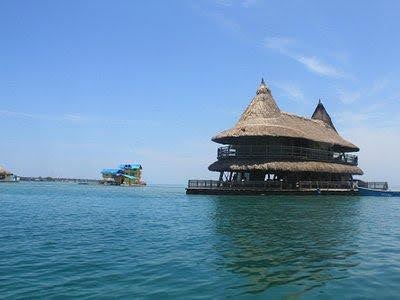
Magangué may be known for economic activities associated with its abundant water resources, potentially including water transport, fishing, and other aquatic industries. As with many Colombian cities, Magangué likely has local festivals, religious celebrations, and cultural events that contribute to its fame and recognition.
